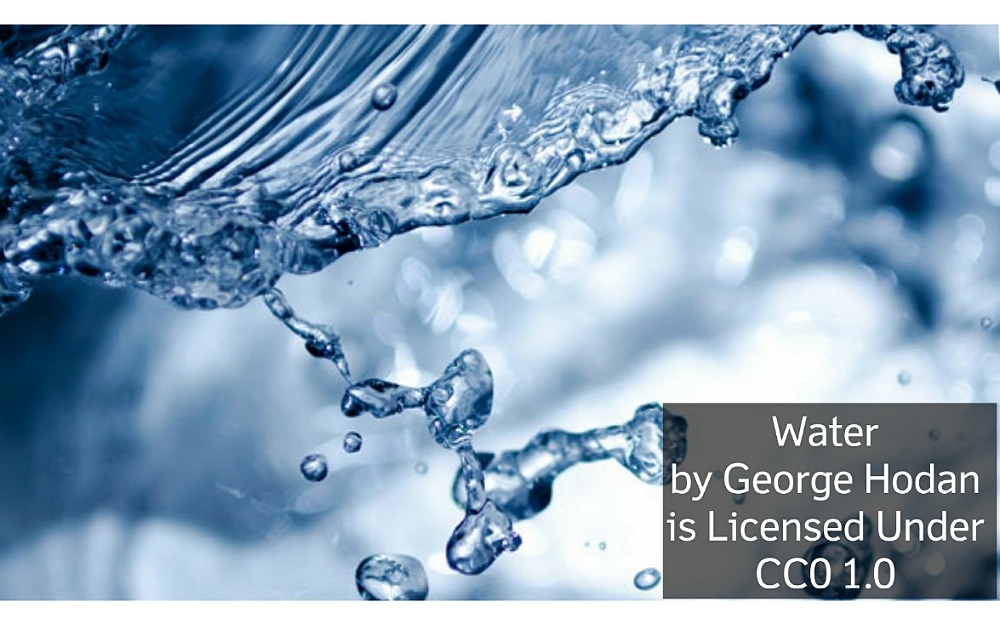
Violet Manuel hastily abandoned her uncle’s funeral and grabbed two empty containers when she heard a boy running down the dirt road shouting, “Water, water, water!”
“Social distancing here?” Manuel asked tartly. She sighed with relief after getting her allotment of 40 liters (10.5 gallons) but worried about the coronavirus.
“I got the water, but chances are that I also got the disease,” she told The Associated Press. And yet her plans for the water did not include hand-washing but “more important” tasks such as cleaning dishes and flushing the toilet.
Such choices underscore the challenges of preventing the spread of the coronavirus in slums, camps and other crowded settlements around the world where clean water is scarce and survival is a daily struggle.
Definitively linking COVID-19 cases to water access isn’t easy without deeper investigation, said Gregory Bulit with UNICEF’s water and sanitation team, “but what we know is, without water, the risk is increased.”
In the Arab region alone, about 74 million people don’t have access to a basic hand-washing facility, the United Nations says.
Nearly a decade of civil war has damaged much of Syria’s water infrastructure, and millions must resort to alternative measures. In the last rebel-held territory of Idlib, where the most recent military operations displaced nearly 1 million people, resources are badly strained.
Yasser Aboud, a father of three in Idlib, said he has doubled the amount of water he buys to keep his family clean amid virus fears. He and his wife lost their jobs and must cut spending on clothes and food to afford it.
In Yemen, five years of war left over 3 million people displaced with no secure source of water, and there are growing fears that primitive sources such as wells are contaminated.
And in Manaus, Brazil, 300 families in one poor indigenous community have water only three days a week from a dirty well.
“Water is like gold around here,” said Neinha Reis, a 27-year-old mother of two. To wash their hands, they depend on donations of hand sanitizer. Reis and most of the other residents have fallen ill with symptoms similar to those of COVID-19 in the past month.
Across Africa, where virus cases are closing in on 100,000, more than half of the continent’s 1.3 billion people must leave their homes to get water, according to the Afrobarometer research group.
In rural parts of sub-Saharan Africa, where most have to travel up to three hours for water, “you have 200 people touching the (well) handle one after the other,” said Bram Riems, an adviser on water, sanitation and hygiene with Action Against Hunger.
At an open area surrounded by filthy apartment blocks in Zimbabwe’s capital, Harare, women in orange T-shirts ticked off names of people fetching water from a row of communal taps that Doctors Without Borders provided in poor suburbs. Many services in the country have collapsed, along with its economy.
Kuda Sigobodhla, a hygiene promotion officer for the aid group, said training sessions had been organized before the outbreak arrived in Zimbabwe so that water distribution points did not become epicenters of contagion.
“We had to do something,” Sigobodhla said.
But while the empty buckets were neatly spaced 1 meter apart, their owners huddled in groups, chatting and occasionally exchanging cigarettes and high-fives while waiting their turn.
One man shouted about social distancing but only a few seemed to listen. A hand-washing bucket was available, but most did not use it.
To encourage hand-washing in some parts of Africa, aid groups are using measures such as placing mirrors and soap at makeshift taps.
“We know people like to look at themselves when they wash their hands, so putting a mirror helps,” said Riems, of Action Against Hunger. His organization is piloting the project in Ethiopia, where only a third of the population has access to basic water services.
Fear also could be a motivating factor, he said, citing a recent GeoPoll survey that found more than 70% of people in Africa are “very concerned” about the coronavirus. GeoPoll surveyed 5,000 people in 12 countries.
Meanwhile, investment in water and hygiene has been precariously low.
“Of 51 major announcements of financial support from donor agencies to developing countries, only six have included any mention of hygiene,” WaterAid has said of COVID-19?emergency funding from governments and aid groups in the past two months.
Africa alone needs an annual investment of $22 billion, according to the Infrastructure Consortium for Africa, an initiative of the Group of 20 most-developed countries and international financial institutions. But the investment by African governments and external financiers currently hovers around $8 billion to $10 billion, it said.
Some fear such woeful funding could now come with a huge human cost.
“Funding for (water, sanitation and hygiene) has been going down,” Riems said. “Not enough people will have access to water, not enough people will be able to wash their hands and more people will get sick.”~VOA
Escaping from Scam Center on Cambodia’s Bokor Mountain
UN Security Council Meets to Discuss Children and Armed Conflict
10 Shocking Revelations from Bangladesh Commission’s Report About Ex-PM Hasina-Linked Forced Disappearances
Migration Dynamics Shifting Due to New US Administration New Regional Laws
UN Security Council Meets to Discuss the Maintenance of International Peace and Security and Artificial Intelligence
Winter Brings New Challenges for Residents living in Ukraine’s Donetsk Region
Permanent Representative of Israel Briefs Press at UN Headquarters
Hospitals Overwhelmed in Vanuatu as Death and Damage Toll Mounts from Quake
Subscribe Our You Tube Channel
Fighting Fake News
Fighting Lies















